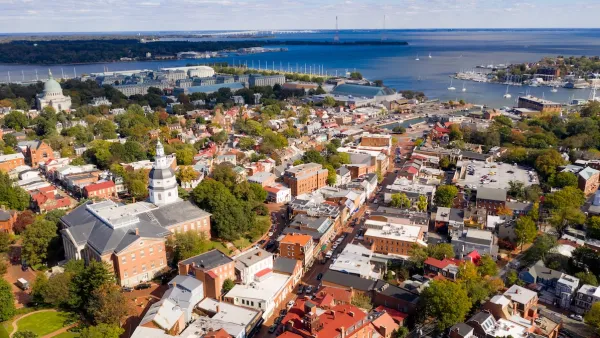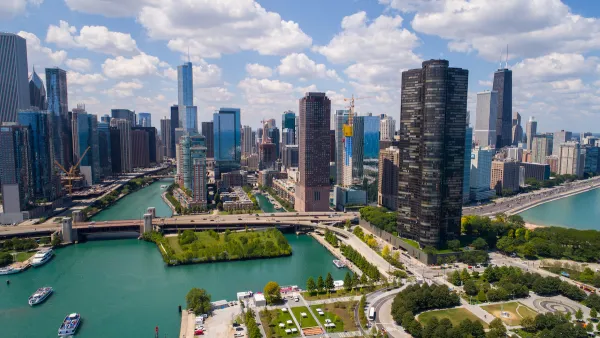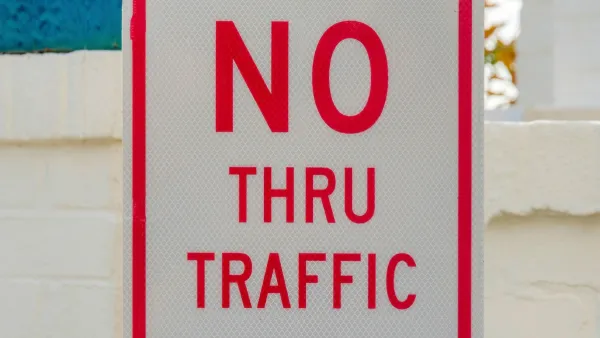A new study published in the June issue of Landscape and Urban Planning intends to settle once and for all the debate about whether urban trees provide a deterrent or inducement for crime, writes Eric Jaffe.
Conflicting studies over the years have reached differing conclusions about the relationship between urban vegetation and crime. One school of thought believes urban greenery provides a natural hiding place for criminals, another argues that "trees actually decrease crime either by attracting more people to public
places (Jane Jacobs' 'eyes on the street' theory) or by signifying to
criminals that people care about their neighborhood (James Q. Wilson's 'broken windows' theory).
A recent study conducted by a team of environmental researchers, led by Austin Troy of the University of Vermont, on the relationship between crime and vegetation in Baltimore seeks to end the debate. According to Jaffe, researchers "report an inverse relationship between tree canopy and a variety of crimes in the Baltimore city and county regions."
And their nuanced findings help to explain the prior confusion. "While low dense brush seems to increase it [crime], tall broad canopies seem to
decrease it. That nuanced conclusion harmonizes with another study published earlier this year, in which U.S.D.A. Forest Service researcher Geoffrey Donovan (who has also linked urban tree coverage to home prices)
reports the same mixed tree-crime associations in Portland, Oregon."
FULL STORY: Can Trees Actually Deter Crime?

National Parks Layoffs Will Cause Communities to Lose Billions
Thousands of essential park workers were laid off this week, just before the busy spring break season.

Retro-silient?: America’s First “Eco-burb,” The Woodlands Turns 50
A master-planned community north of Houston offers lessons on green infrastructure and resilient design, but falls short of its founder’s lofty affordability and walkability goals.

Delivering for America Plan Will Downgrade Mail Service in at Least 49.5 Percent of Zip Codes
Republican and Democrat lawmakers criticize the plan for its disproportionate negative impact on rural communities.

Test News Post 1
This is a summary

Test News Headline 46
Test for the image on the front page.

Balancing Bombs and Butterflies: How the National Guard Protects a Rare Species
The National Guard at Fort Indiantown Gap uses GIS technology and land management strategies to balance military training with conservation efforts, ensuring the survival of the rare eastern regal fritillary butterfly.
Urban Design for Planners 1: Software Tools
This six-course series explores essential urban design concepts using open source software and equips planners with the tools they need to participate fully in the urban design process.
Planning for Universal Design
Learn the tools for implementing Universal Design in planning regulations.
EMC Planning Group, Inc.
Planetizen
Planetizen
Mpact (formerly Rail~Volution)
Great Falls Development Authority, Inc.
HUDs Office of Policy Development and Research
NYU Wagner Graduate School of Public Service





























